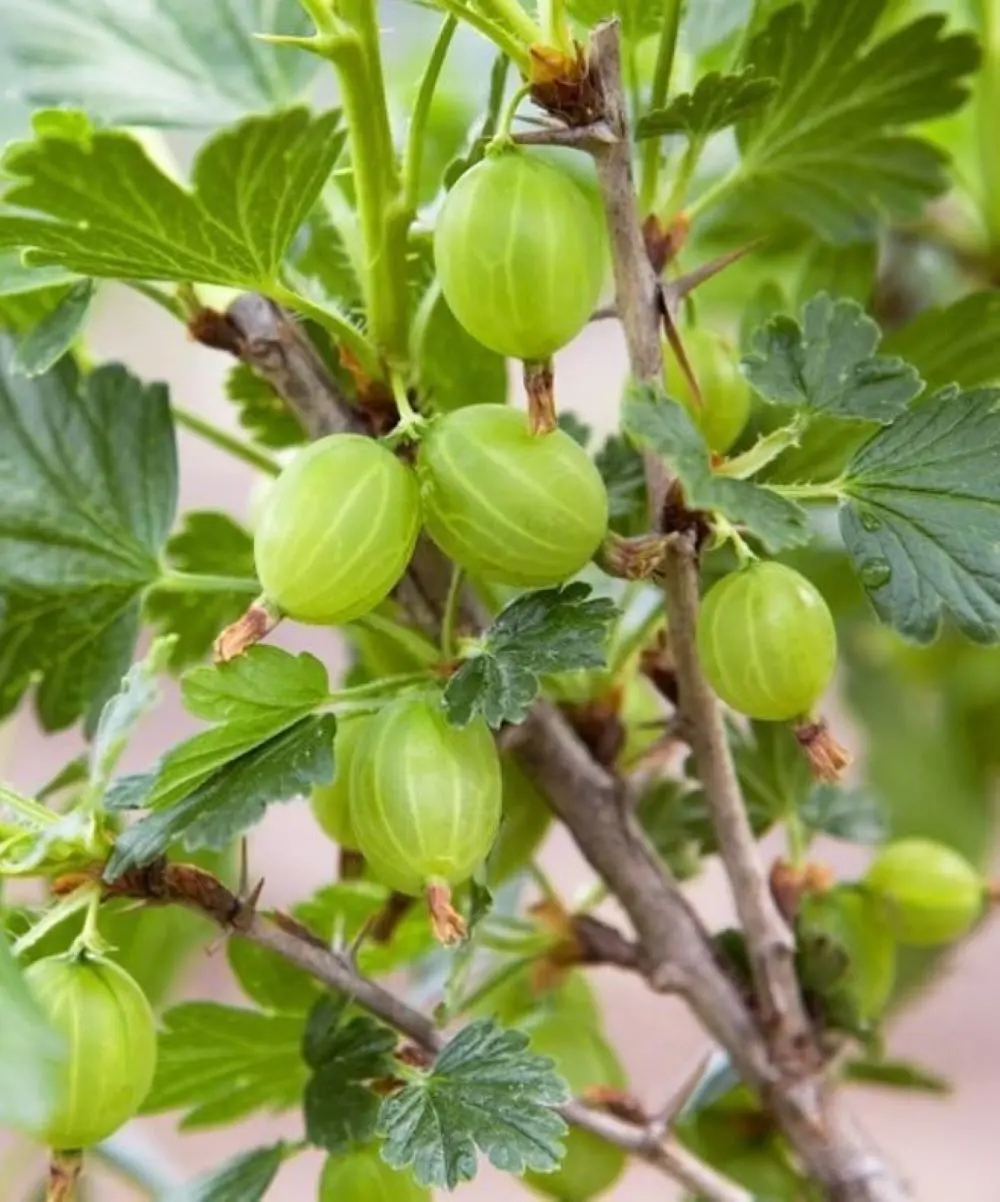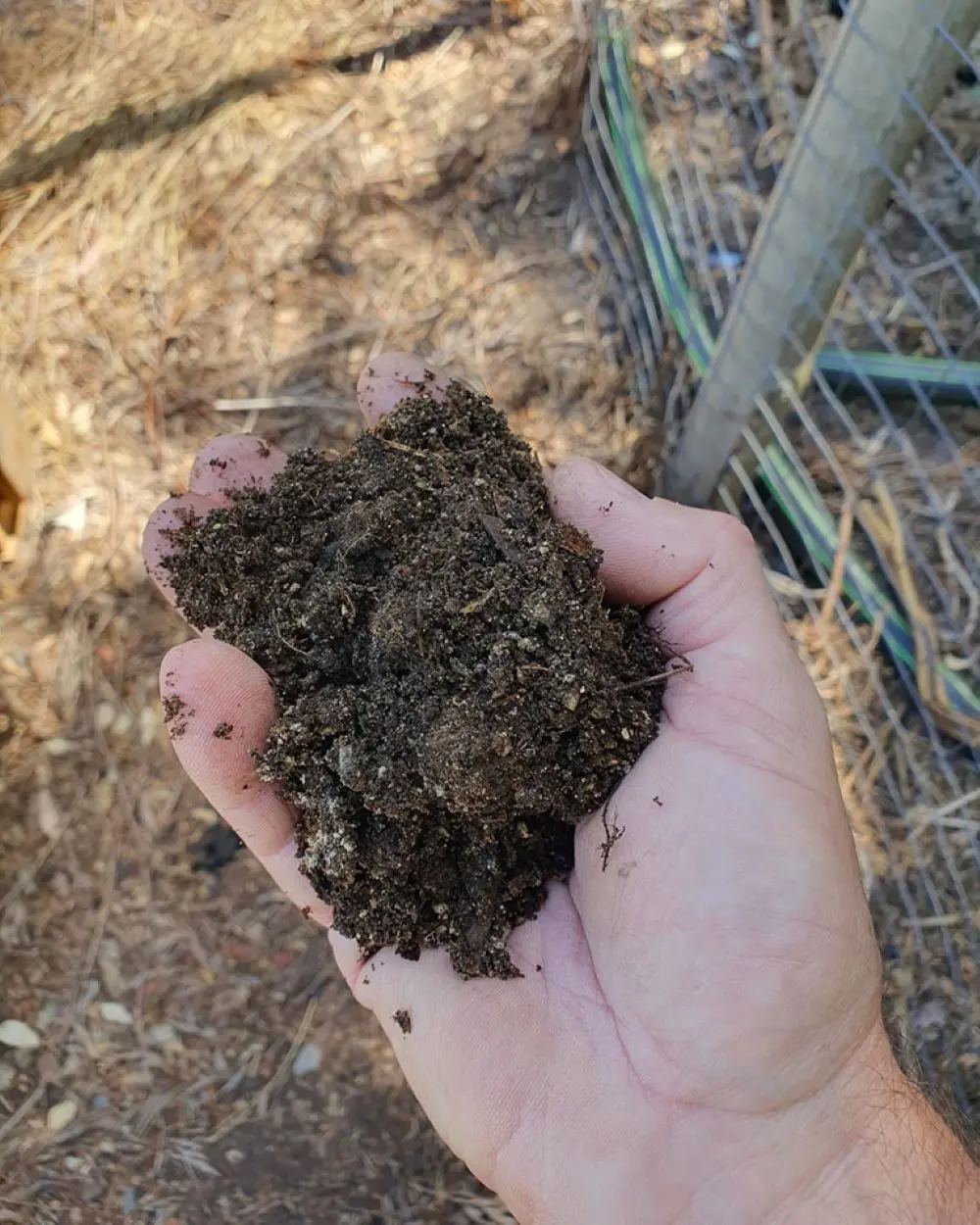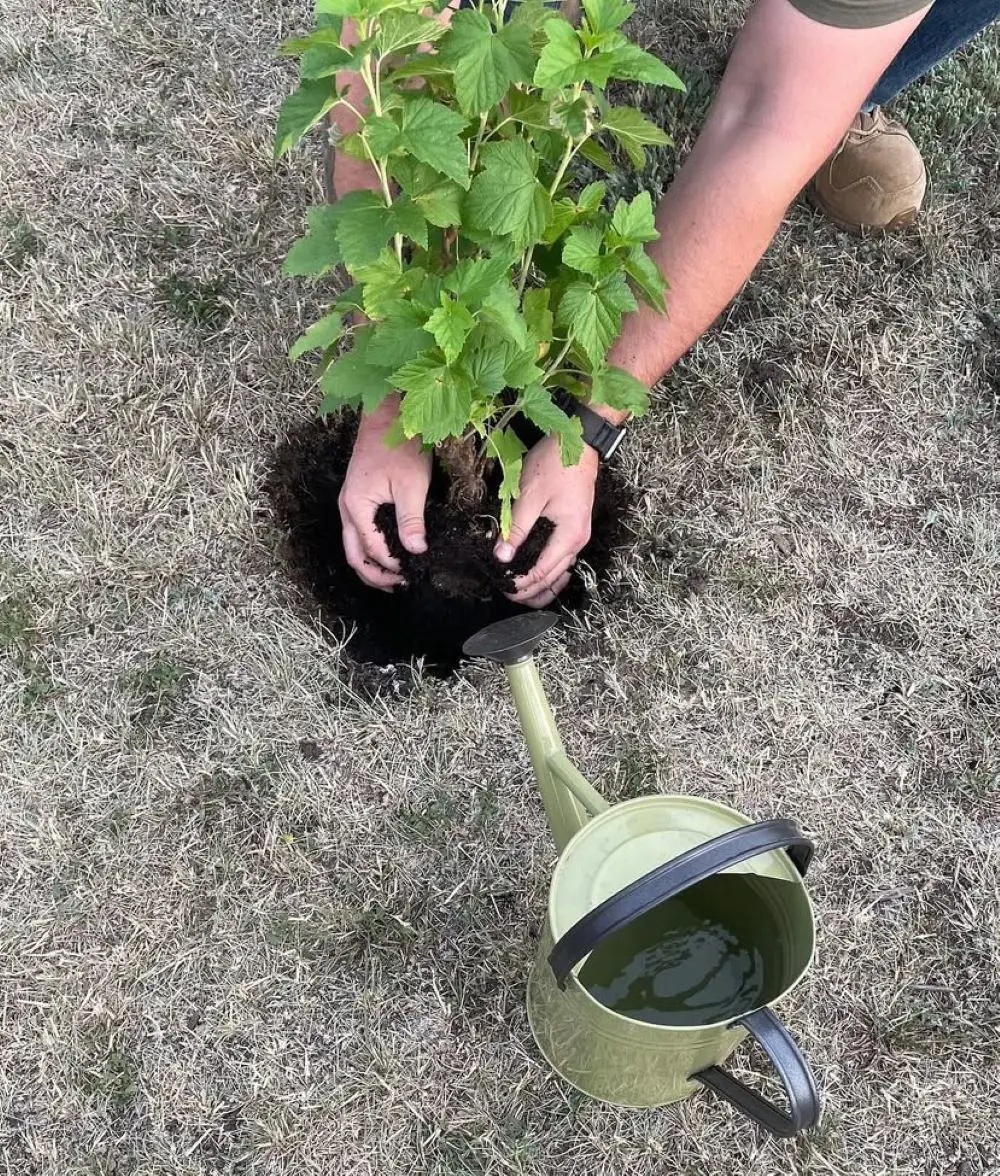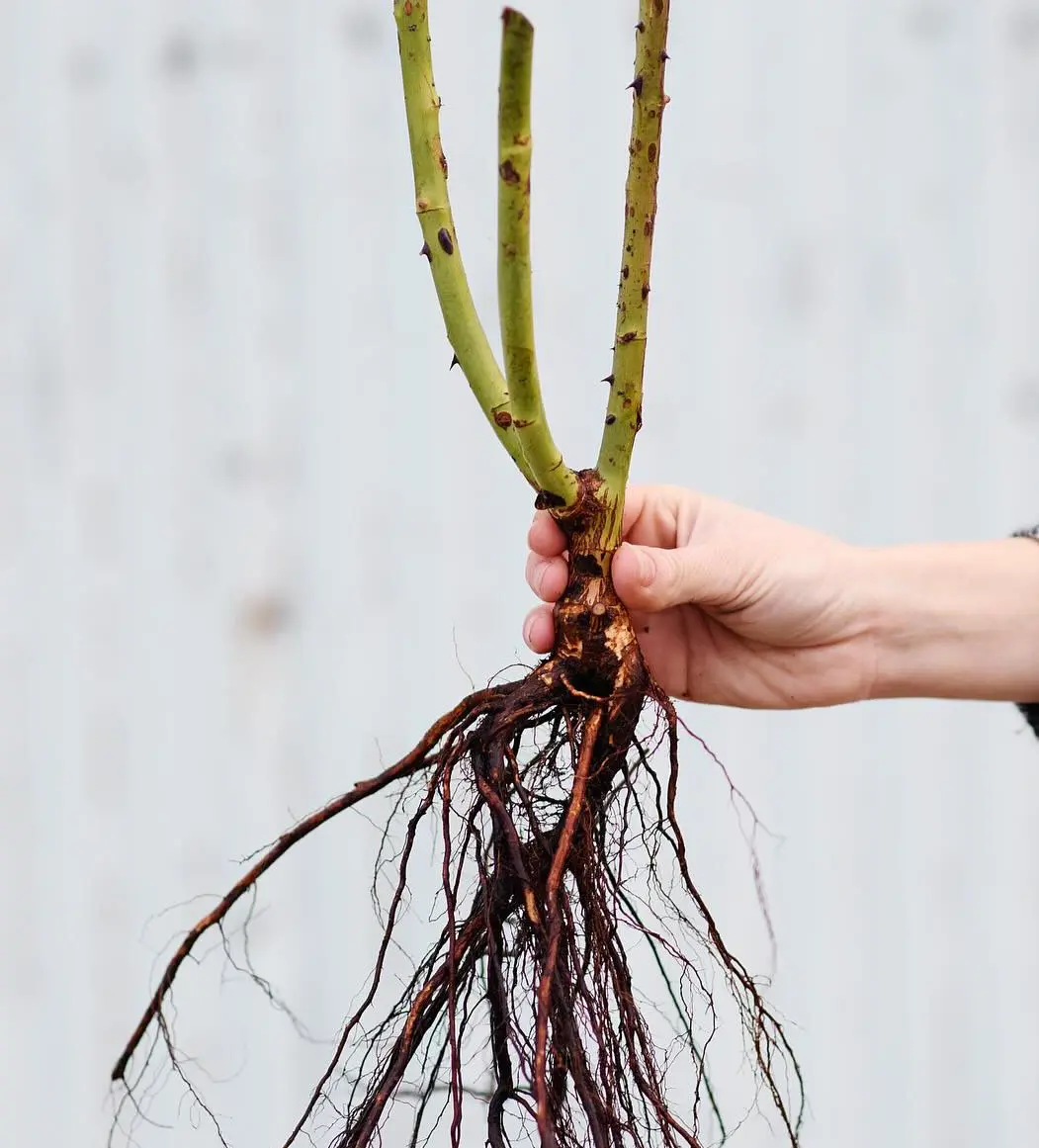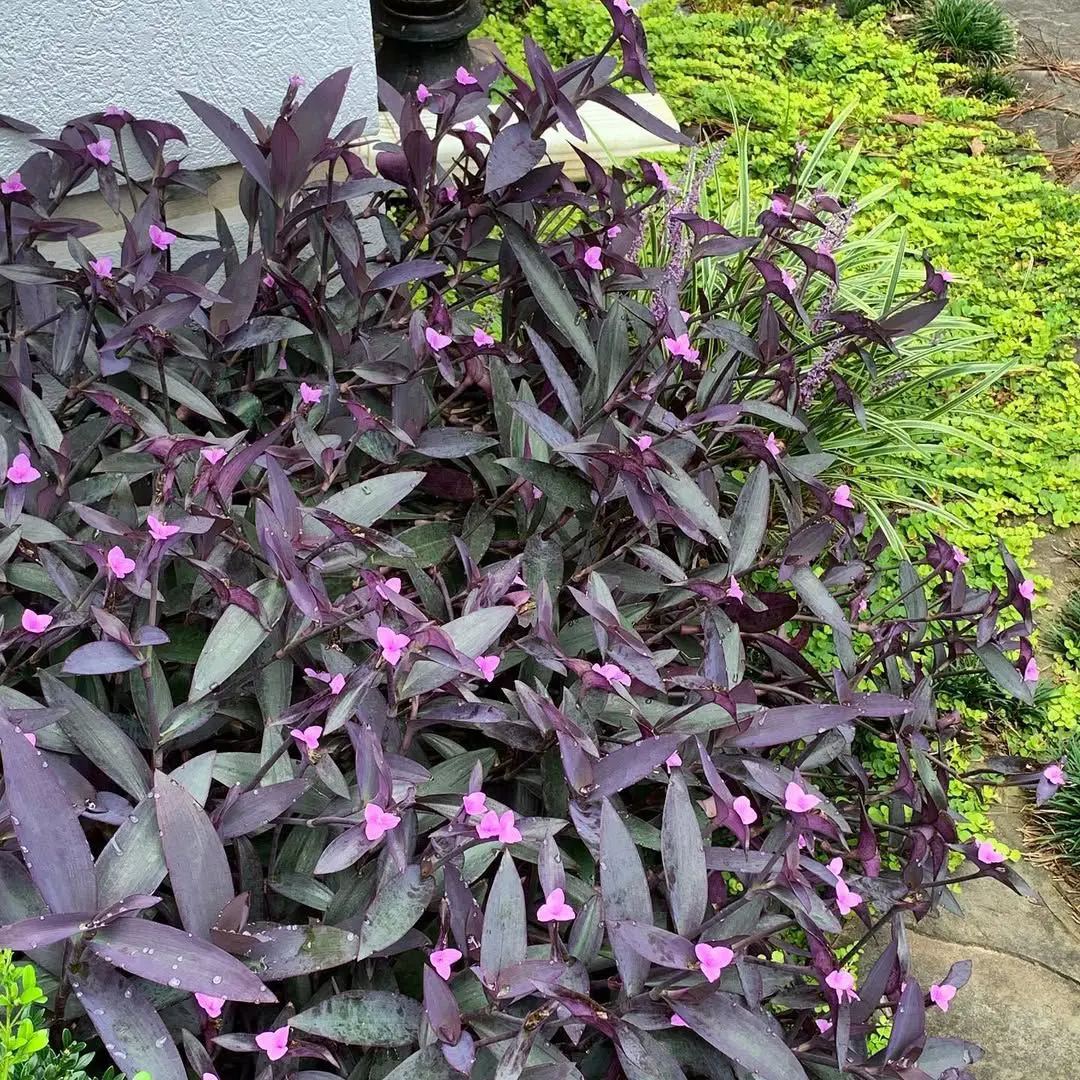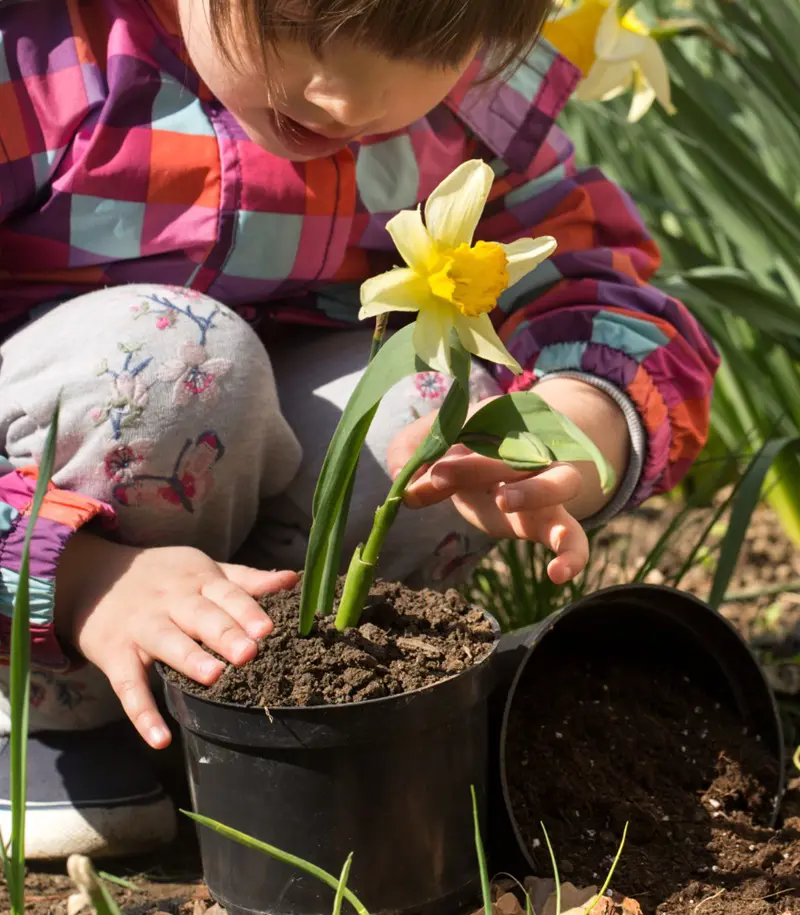When To Plant
Fall Planting
Depending on your local environment, gooseberries should be planted in early spring or late autumn. Fall planting works best in regions with moderate winters because the roots can become established in the cool, wet soil before the plant's active development begins in the spring.
When the leaves have fallen but before the ground freezes, try to sow gooseberries in late October or early November. By ensuring that the plant stays dormant, this timing reduces transplant shock and allows the plant to focus on growing roots.
Spring Planting
Sowing in spring is the best choice for areas with severe winters. Wait until the soil is tillable and frost-free, usually between March and April, depending on where you live.
Early planting of gooseberries ensures they have the entire growing season to acclimatize and build a robust root system. Adverse heat on young plants induces stress that halts development, so plant the berries before temperatures soar.
Avoid Summer Planting
Do not plant gooseberries during the coldest winter months or in the hottest summer months. Planting in summer exposes young plants to high temperatures that dry out the roots before they become established.

Planting at freezing temperatures in the winter may damage roots, preventing them from becoming established. For this reason, midsummer and midwinter are not the best times to plant.
Pay Attention to the Climate
Don't grow gooseberries during monsoons or prolonged droughts. Although they can usually withstand harsh weather conditions, gooseberries might fail to thrive if planted during one of the extremes.
A suitable time is when temperatures are warm enough and moisture levels in the soil consistent, which would be apt for planting berries, thus guaranteeing healthy growth. A good season of planting would give a good start to the gooseberry plants, which will, in turn, lead to healthier plants with increased produce.
